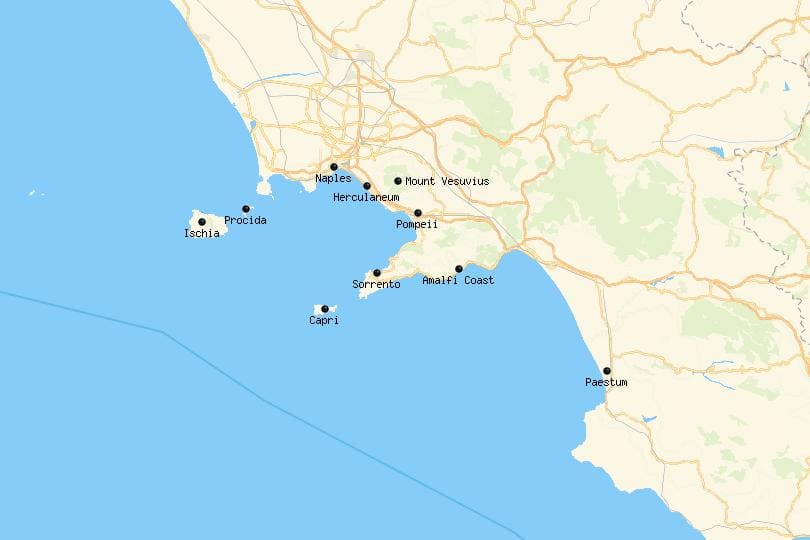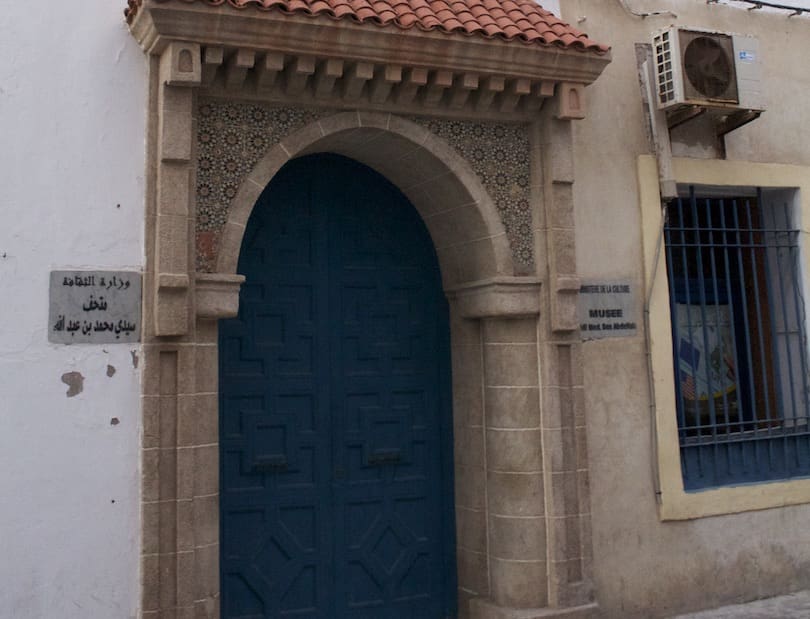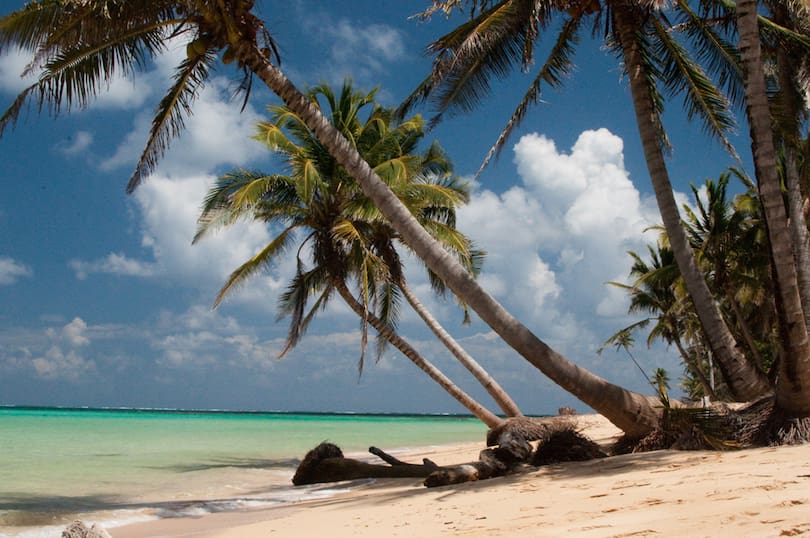If you are looking for a peaceful escape from the hustle and bustle of city life, Parambikulam Wildlife Sanctuary is the perfect destination for you. Located in the Coimbatore district of Tamil Nadu, this sanctuary is a treasure trove of flora and fauna that will leave you spellbound. In this article, we will take a closer look at Parambikulam Wildlife Sanctuary and explore the various features that make it a must-visit destination.
Introduction to Parambikulam Wildlife Sanctuary
Parambikulam Wildlife Sanctuary is a protected area in the Western Ghats that covers an area of 285 square kilometers. The sanctuary is situated in the Anaimalai Hills and is home to a wide variety of endangered species. It was established in 1973 and has been a popular tourist destination ever since. The sanctuary is known for its lush green forests, serene lakes, and stunning landscapes.
Flora and Fauna
Parambikulam Wildlife Sanctuary is home to a rich and diverse array of flora and fauna. The sanctuary is known for its tropical evergreen forests, which cover about 80% of the total area. The sanctuary is home to over 1000 species of plants, including several rare and endemic species. Some of the most notable plant species found in the sanctuary include teak, sandalwood, rosewood, and bamboo.
The sanctuary is also home to a wide variety of animals, including tigers, leopards, elephants, Indian bison, and deer. There are over 40 species of mammals, 268 species of birds, and 124 species of butterflies in the sanctuary. The sanctuary is also home to several endangered species, such as the Lion-tailed macaque, Nilgiri langur, and the Great Hornbill.
Activities and Attractions
Parambikulam Wildlife Sanctuary offers a range of activities and attractions for visitors. Some of the popular activities include trekking, bird watching, camping, and boating. The sanctuary has several trekking trails, ranging from easy to difficult, that offer stunning views of the surrounding landscape. Bird watching is another popular activity in the sanctuary, with several species of birds found here, including the Grey-headed bulbul, Malabar trogon, and White-bellied treepie.
Camping is also a popular activity in the sanctuary, with several campsites located within the sanctuary. The campsites offer a unique opportunity to experience the beauty of nature up close. The sanctuary also has several lakes, including the Parambikulam Lake and the Thunakadavu Lake, where visitors can enjoy boating and fishing.
Accommodation
There are several accommodation options available for visitors to the Parambikulam Wildlife Sanctuary. The sanctuary has several forest rest houses and tree houses that offer a unique and comfortable stay amidst nature. The forest rest houses are located in different parts of the sanctuary and offer basic amenities such as food and accommodation. The tree houses are located in the canopy of trees and offer a unique and adventurous stay experience.
Conclusion
Parambikulam Wildlife Sanctuary is a nature lover’s paradise that offers a range of activities and attractions. The sanctuary is home to a rich and diverse array of flora and fauna and is a must-visit destination for wildlife enthusiasts. Whether you are looking for a peaceful retreat or an adventurous experience, Parambikulam Wildlife Sanctuary has something to offer for everyone.
FAQs
- What is the best time to visit Parambikulam Wildlife Sanctuary?
The best time to visit Parambikulam Wildlife Sanctuary is between October and March.
- Is there an entry fee for the sanctuary?
Yes, there is an entry fee for the sanctuary. The fee varies depending on the type of visitor and the duration of the stay. Visitors are advised to check the official website or contact the sanctuary authorities for the latest information on fees.
3. Are there any accommodations available within the sanctuary? Yes, there are eco-friendly accommodations available within the sanctuary for visitors. These include tree houses, tents, and cottages. However, it is important to note that bookings need to be made in advance as the number of accommodations is limited.
4. What are the activities available for visitors in the sanctuary? There are a variety of activities available for visitors in the sanctuary. These include trekking, bird watching, safari rides, bamboo rafting, and fishing. Visitors can also take part in the tribal village tour and explore the cultural heritage of the region.
5. Is it safe to visit Parambikulam Wildlife Sanctuary? Yes, it is safe to visit Parambikulam Wildlife Sanctuary. The sanctuary authorities take all necessary precautions to ensure the safety and security of visitors. However, visitors are advised to follow the rules and regulations of the sanctuary and take necessary precautions during their visit.
6. What are some of the endangered species found in the sanctuary? Parambikulam Wildlife Sanctuary is home to several endangered species, including the lion-tailed macaque, Indian elephant, Indian gaur, Bengal tiger, and the Nilgiri tahr. The sanctuary plays a vital role in the conservation of these species and their habitats.














I’ve been surfing online more than 3 hours today, yet I never found any interesting article like yours. It’s pretty worth enough for me. In my view, if all site owners and bloggers made good content as you did, the internet will be much more useful than ever before.
Good write-up, I am normal visitor of one’s blog, maintain up the nice operate, and It’s going to be a regular visitor for a long time.
There is noticeably a bundle to know about this. I assume you made certain good points in options also.
Hi there! This post couldn’t be written any better! Reading through this post reminds me of my previous room mate! He always kept talking about this. I will forward this article to him. Pretty sure he will have a good read. Thank you for sharing!
Este site é realmente fascinate. Sempre que consigo acessar eu encontro coisas boas Você também vai querer acessar o nosso site e descobrir detalhes! informaçõesexclusivas. Venha saber mais agora! :)
Wow! Thank you! I permanently wanted to write on my website something like that. Can I take a fragment of your post to my website?
Some genuinely nice and useful info on this website, too I believe the style and design holds superb features.